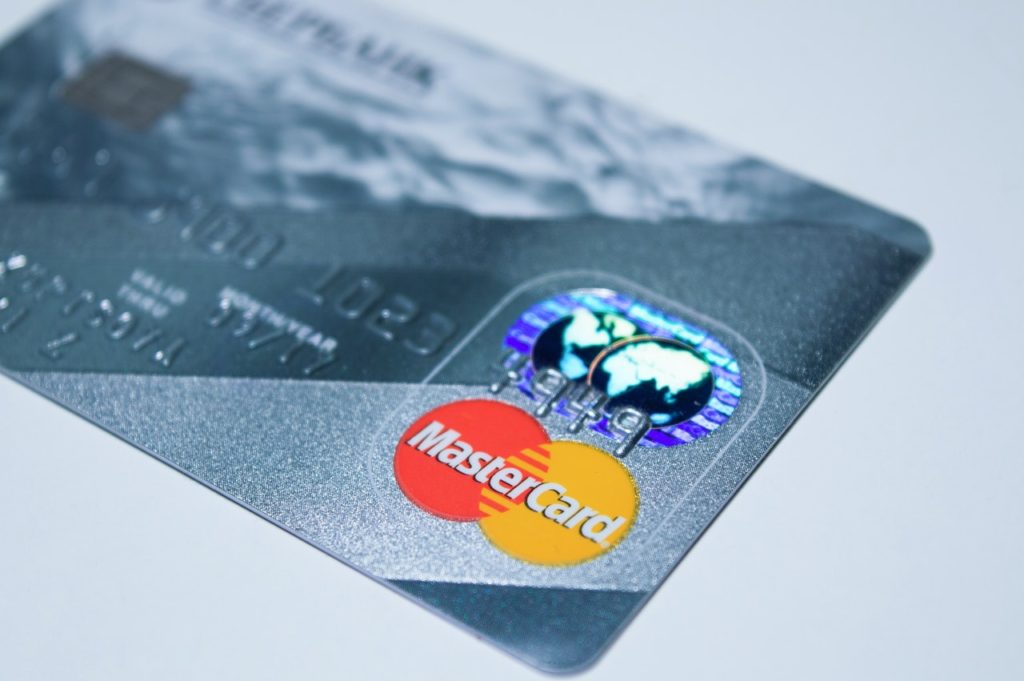What is a Credit Score?
A credit score is a snapshot in time that represents what type of risk you will be someone granting you credit. Credit scores do not have a memory, and when the data on your credit report changes so does the credit score.
A lender needs a fast and reliable way to judge if an application is a credit risk, credit scores give them this flexibility. In many ways, it provides a numerical summary of your credit report.

Credit Scores by Population
| Credit Score | Rating | Description |
| Below 580 | Poor | A score under 580 indicates you are a credit risk. |
| 580-669 | Fair | A score in this range indicates you are a likely risk, but there are lenders who will work with you; provided you are comfortable with the higher interest rates and terms that come with it. |
| 670-739 | Good | When you sit in this range, you sit near the average US consumer and can generally obtain credit, still at a below prime interest rate. |
| 740-799 | Very Good | Your score is above average and you will start seeing the best interest rates. |
| 800> | Exceptional | This is a credit score high performer. There is nothing above 800 gets you that 750 won’t, but this showcases to lenders you are very good at managing credit. |
Obtaining a Credit Score
In 2022, credit scores are free and accessible. If you are looking to purchase a home or apply for credit, your best bet are FICO scores as these scores are used in over 90% of all credit decisions. MyFICO allows you to purchase these scores across all three credit bureaus.
Additionally, most credit cards provide you at least one variation of your FICO score monthly.
Lastly, you will want to consider a free credit score such as with Credit Karma, but these scores do not reflect what a lender will see, and are often very different from your FICO scores.
This article was last updated on December 26, 2022